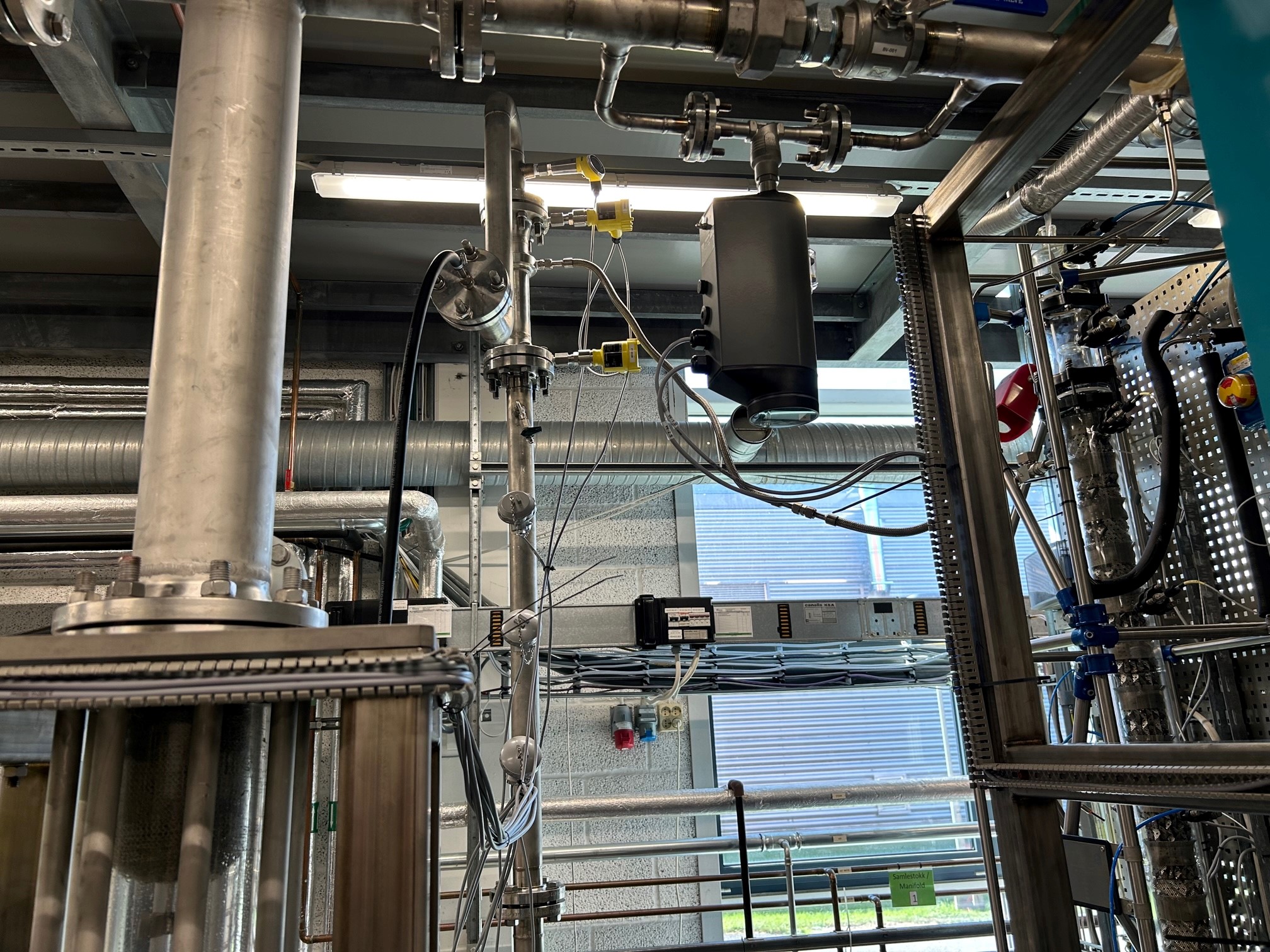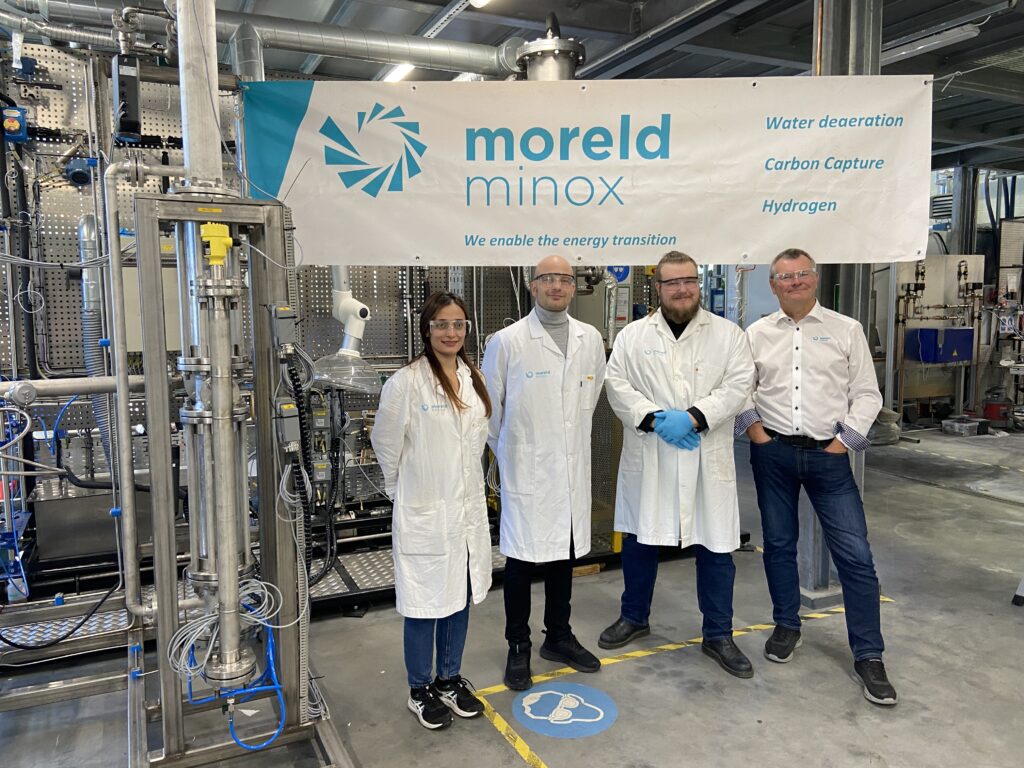Facts about the Minox process
The Minox process was developed by Minox and Norsk Hydro’s research center during the years 1985 to 1990. The first unit was delivered to Saga Petroleum’s Snorre A platform in 1991. Today this platform is operated by Equinor. Since then, the process has been continuously improved and optimized and has proven to be a very efficient, robust, and reliable way to deoxygenate seawater. To date, around 30 systems have been delivered worldwide.
Repsol Norge and Moreld Minox, together with the University of Southeast Norway and ProSep, are collaborating on the proof-of-concept of the Minox Compact CO2 capture system. The project will document the absorption and energy efficiency of the liquid-based compact absorber in a pilot scale. A potential application for the technology is CO2 capture in places where conventional solutions are too large and heavy. The target is to optimize the technology for capturing 200,000 tons of CO2/year from offshore gas turbines, but in general the technology is scalable.


